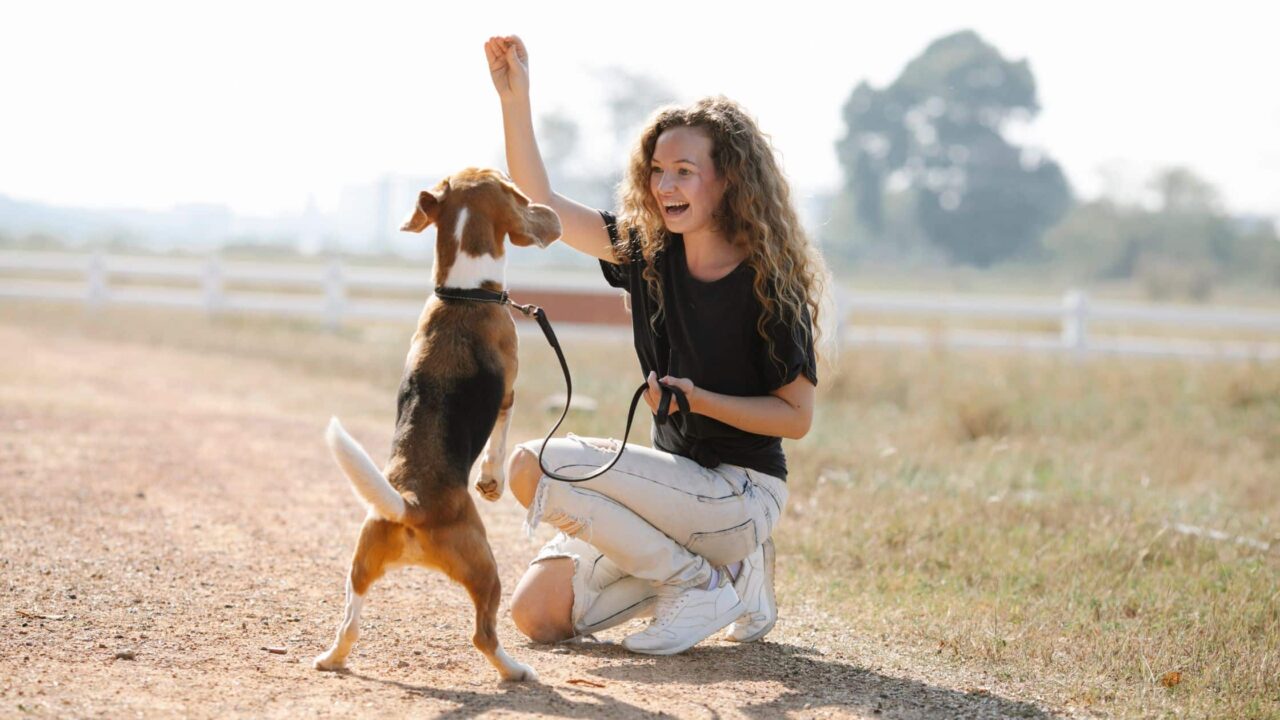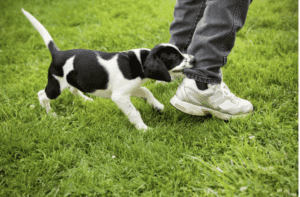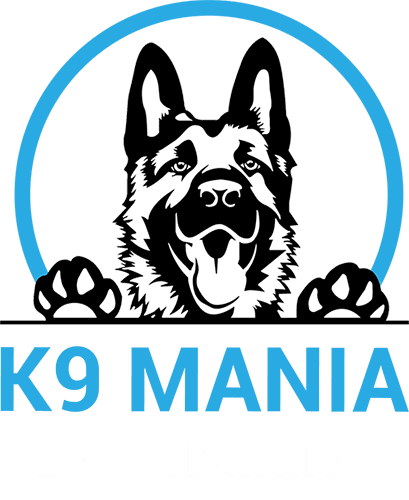Most individuals adore their animal pals. However, not every moment is joyful if your dog is not educated to perform specific actions or avoid undesirable ones. Numerous techniques passed down from unknown origins describe the most effective means of preventing your dog from doing something. But what is the optimal approach, and how do these strategies work? Learn the most frequent tactics from the dog trainer near me to train your dog and those who should be avoided.
How Should Your Dog Be Trained?
There are two common dog-training approaches, according to dog trainers near me.
- The first is the use of negative reinforcement. The second strategy is based on rewards. Positive and negative reinforcement approaches are employed in aversive-based (discipline) training. Reward-based techniques only support the actions you want your dog to exhibit.
- Aversive-based training employs strategies such as loud, unpleasant noises, physical punishments, and severe reprimands to elicit the desired behavior from a dog. In contrast, reward-based training rewards your dog anytime it performs the desired behavior. Good conduct is reinforced with treats, belly rubs, and other dog-pleasing activities.
Some individuals believe that a rewards-based training strategy creates an “event sequence” in which your dog associates you with positive emotions when it follows your commands. Aversive-based methods provide the opposite effect, namely terror. This dread causes your dog to obey orders to prevent unpleasant feelings.
How to establish a fundamental foundation
Train Your Dog Using Games
Dog training should be enjoyable! Everyone knows that learning is more accessible when having fun, so try incorporating games into your dog training schedule. In roughly six weeks, you can teach your dog the fundamentals using this method as a framework.
Positive Reinforcement
Although there are several methods for dog training strategies, most dog experts believe that positive reinforcement is the most advantageous for both the dog and the trainer.
Residential and Crate Training
You will need to teach your dog where to defecate unless you intend to leave him outside, which few of us do because it is not recommended. Therefore, housebreaking or toilet training should be one of the first things you teach your dog. Using crates as a training aid can be crucial. In addition to home training, there are a variety of different training options:
Try these simple steps for crate training if you’re having trouble getting your pup to accept and even enjoy his box. In addition to making housebreaking easier, it gives your dog a personal space of his own.
Submissive/Excitement Urination in Dogs
If your dog continues to have accidents in the house, the problem may be more complex than basic housebreaking. Your dog may urinate as a result of excitement or submissive behavior.
Leash-Training Puppies and Dogs
Leash training is essential for any dog. Most places have leash limitations, and your dog’s safety may require him to be on a leash in addition to those restrictions.
Start by teaching your dog or puppy the basic manners of walking on the leash, even if you’re riding a bicycle behind you. This type of stroll trains your dog to walk calmly on the leash, making it a better experience.
How to do Socialization of Dogs and Puppies
Socialization involves exposing your puppy or adult dog to new people, animals, and environments to teach him to accept them. Dogs who have been socialized are less prone to develop behavioral issues and are generally better accepted by others. Additionally, socialization can prevent the formation of fears and phobias.
Teaching New Abilities
When teaching your dog something new, keep in mind that they have a two-year-old’s intelligence and attention span. Your training sessions should be concise and direct. They are limited to 15 minutes. Concentrate on one task or action to prevent confusion.
- Ensure that you are employing the identical commands for the desired behavior. If you use the same word but place it in different sentences, your dog may not understand. For example, if you want to train your dog to lay down, you will confuse them if you say “Lie down” in one training session and “Fido, lie down or no treat” in another. They may be unsure of what to do.
Fundamental Dog Obedience Training
The American Kennel Club recognizes five fundamental commands that every dog should be able to perform. The following are:
- Come
- Heel
- Sit
- Stay
- Down
Your dog should know these five orders after training, and then you can say your dog’s training is successful.
Conclusion
Once your dog has mastered the fundamentals, you can go on to more complex commands. These activities will assist in maintaining your dog’s physical and emotional health. In addition, they will improve the link between you and your canine partner.
Make sure to keep in mind that training is a never-ending undertaking. There will never be a complete you. Your dog’s obedience training should continue throughout their entire life. Learning a new language as a child is a great way to acquire it, but as you get older, you’re more likely to forget what you’ve learned. Use it or lose it applies to your dog just as much as you do. Even the simplest tricks and commands, when practiced regularly, will improve your dog’s memory and recall. Aside from that, it’s a great way to bond with your dog.
FAQS
Why should it be necessary to train your pets?
Most individuals adore their animal pals. However, not every moment is joyful if your dog is not educated to perform specific actions or avoid undesirable ones. You cannot enjoy the precious moments with your pets until they train successfully.
What is the Fundamental Dog Obedience Training, according to research?
The American Kennel Club recognizes five fundamental commands that every dog should be able to perform. The following are:
- Come
- Heel
- Sit
- Stay
- Down
Your dog should know these five orders after training, and then you can say your dog’s training is successful.
How do we teach animals new things to be remembered?
When teaching your dog something new, keep in mind that they have a two-year-old’s intelligence and attention span. Your training sessions should be concise and direct. They are limited to 15 minutes and concentrate on one task or action to prevent confusion.







